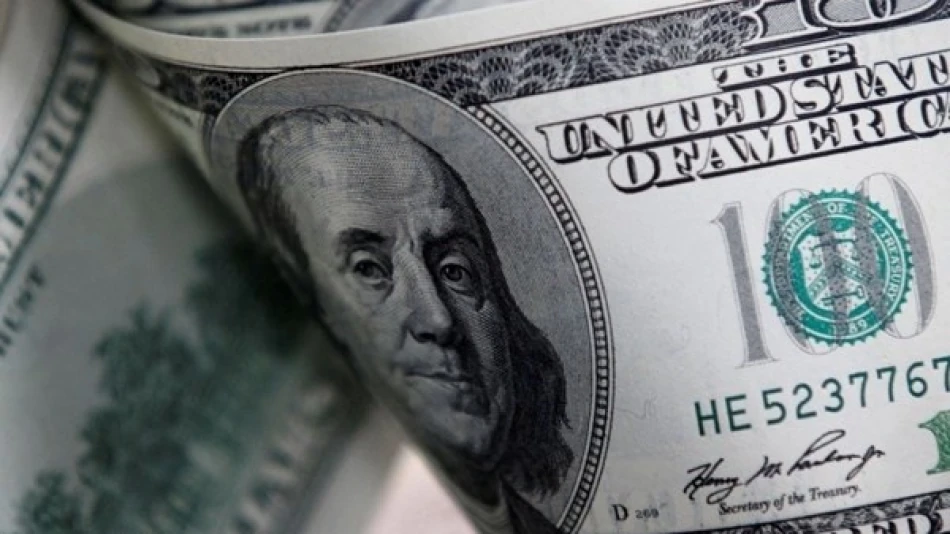
Dollar Rebounds as Trade Tension Worries Ease
The dollar held steady Tuesday as growing hopes for a potential meeting between President Trump and his Chinese counterpart boosted expectations that tensions between the world's two largest economies might cool down. Currency markets opened with calmer trading in the Asian session after Friday's chaos, when Trump suddenly announced 100% additional tariffs on Chinese imports.
Here's where it gets interesting for traders and investors. The mere possibility of dialogue between Washington and Beijing was enough to stabilize currency markets that had been rattled just days earlier. This shows how sensitive global markets remain to any shift in the US-China trade relationship.
The euro stayed below the key 1.16 level against the dollar, trading at $1.1566. Meanwhile, the British pound slipped 0.06% to $1.3328. The New Zealand dollar took another hit, dropping to a six-month low of $0.57145 as investors continued moving away from riskier currencies.
The dollar index, which measures the US currency against a basket of major currencies, edged up 0.04% to 99.34 points. The Australian dollar barely moved at $0.6516, while the Japanese yen weakened 0.2% to 152.57 per dollar.
For currency traders, this pattern reflects a familiar playbook. When trade tensions spike, investors typically flee to safe-haven assets like the dollar. But when there's even a hint of diplomatic progress, markets quickly price in the possibility of reduced conflict. The challenge is that these sentiment shifts can reverse just as quickly if talks fail to materialize or break down.
The broader context matters here too. Global markets have been on edge for months over escalating trade disputes, which have already disrupted supply chains and hurt economic growth in both countries. Any sign of potential resolution tends to ripple through currency markets within hours.
Most Viewed News

 Layla Al Mansoori
Layla Al Mansoori






